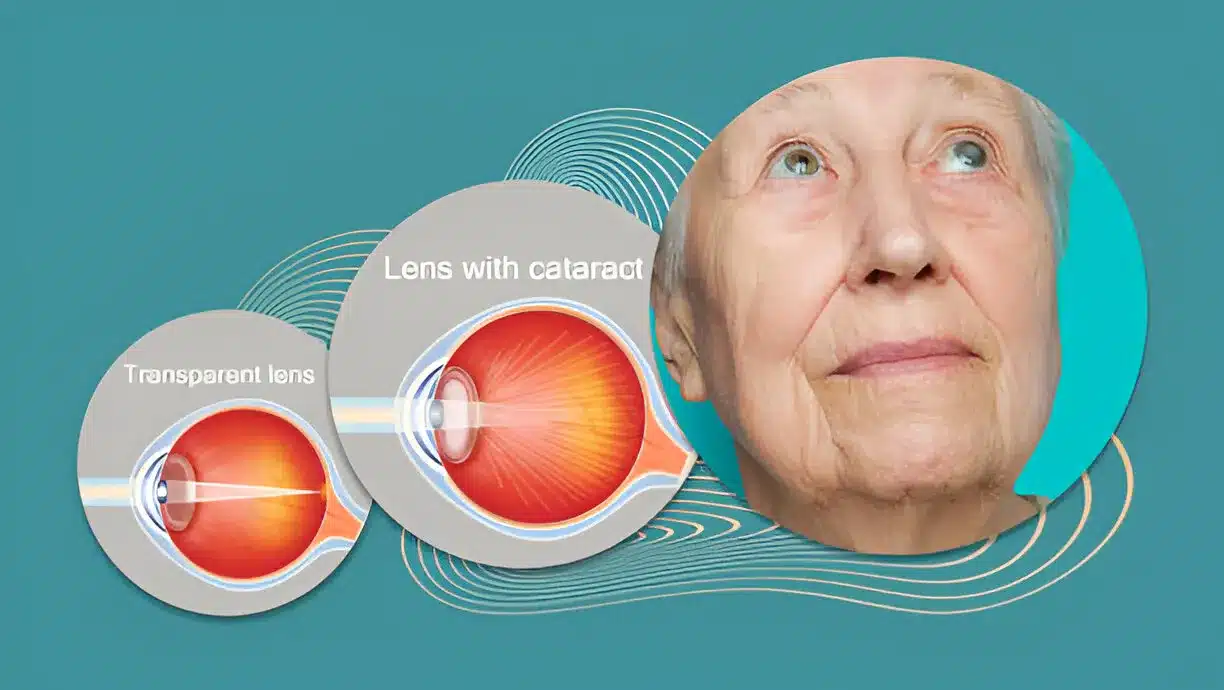The Progression of Cataract Treatment
Cataracts are an age-related condition that cause clouding of the eye’s natural lens. This cloudiness can lead to a significant decrease in vision quality, affecting daily activities and overall quality of life. Fortunately, significant advancements in ophthalmology have made cataract surgery an effective and common procedure that restores vision with greater precision than ever before.
Understanding Cataracts
A cataract is a condition where the lens of the eye, which is normally clear, becomes clouded. This can hinder the passage of light, leading to blurriness, difficulty with night vision, and changes in colour perception. Developing cataracts is often equated with the natural ageing process, but other factors like diabetes, prolonged exposure to ultraviolet light, and certain medications can accelerate their formation.
Diagnosing Cataracts
Cataract diagnosis involves a comprehensive eye examination where an optometrist or ophthalmologist assesses the lens for signs of clouding. Symptoms such as glare sensitivity, frequent prescription changes, and dulled colours often prompt individuals to seek professional advice.
The Evolution of Cataract Surgery
Once considered a risky and complex operation, cataract surgery has evolved into a safe and routine procedure. The advent of modern technologies and surgical techniques has significantly improved surgical outcomes, making the surgery one of the most frequently performed and successful procedures worldwide.
The Procedure of Modern Cataract Surgery
Modern cataract surgery is typically performed on an outpatient basis, using local anaesthesia to ensure patient comfort. The procedure involves the removal of the clouded lens and the insertion of an artificial intraocular lens (IOL) tailored to the patient’s vision needs. The operation is precise and usually takes less than an hour.
The Role of Laser Technology
Laser technology has been a game-changer in cataract surgery. It allows surgeons to make precise incisions and soften the cataract for easier removal. This advancement has improved the accuracy of the procedures, reduced the risk of complications, and contributed to faster recovery times.
Benefits of Modern Cataract Surgery
One of the pivotal benefits of modern cataract surgery is the restoration of clear vision. The procedure helps individuals regain their ability to carry out daily tasks with ease and improves their overall sense of wellbeing. Additionally, the insertion of specialised IOLs can often correct other vision problems such as myopia or hyperopia, potentially eliminating the need for glasses or contacts post-surgery.
Customisation of Intraocular Lenses
The IOLs used in modern cataract surgery can be customised to suit individual visual requirements. There are multifocal IOLs that can correct vision at multiple distances, accommodating IOLs that improve focus by simulating the eye’s natural accommodation process, and monofocal IOLs set for a specific distance.
Post-Surgical Recovery
Recovery from cataract surgery is relatively quick, with many patients noticing an improvement in their vision almost immediately. Full recovery and visual stabilisation can take several weeks. Aftercare is straightforward and usually involves the use of eye drops and attendance of follow-up appointments to monitor healing.
Risks and Considerations
While modern cataract surgery is considered safe, as with any surgical procedure, there are risks involved. Potential complications include infection, inflammation, and changes in eye pressure. However, with experienced surgeons and contemporary surgical practices, these risks are minimal.
Choosing the Right Surgeon
Choosing a qualified and experienced surgeon is crucial for the success of cataract surgery. Prospective patients should seek professionals who specialise in eye surgeries and possess a strong track record of successful outcomes.
Life after Cataract Surgery
For many individuals, life after cataract surgery is marked by significantly improved vision and quality of life. The enhanced clarity can allow for safer driving, better reading ability, and an overall increase in confidence and independence.
The Future of Cataract Treatment
Ongoing research and technological advances continue to shape the future of cataract treatment. Innovations such as IOLs that mimic the natural lens’s adaptability and even more precise laser techniques are on the horizon, promising continued improvements in patient outcomes.
Conclusion
Modern cataract surgery offers a safe and effective way to restore vision clarity, with a swift recovery process. Its benefits go far beyond the physical, often leading to a profound positive impact on an individual’s autonomy and lifestyle. It’s not just about seeing better—it’s about living better.
For more information on modern cataract surgery and its benefits, visit Laser Cataract Surgery to explore your options and take the next step towards clear vision.
Read More: What to Know About Vasectomy: Decisions, Procedures, and Recovery










